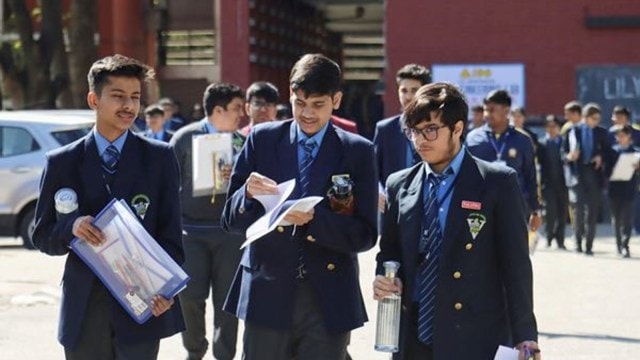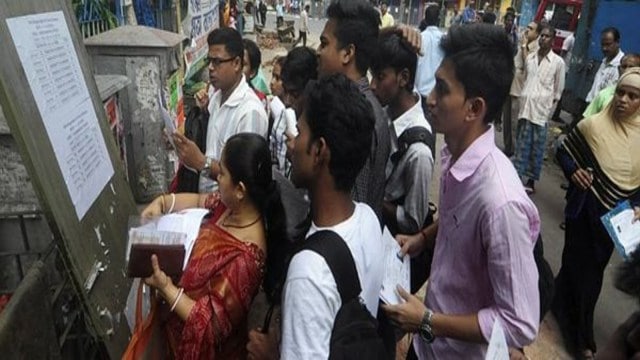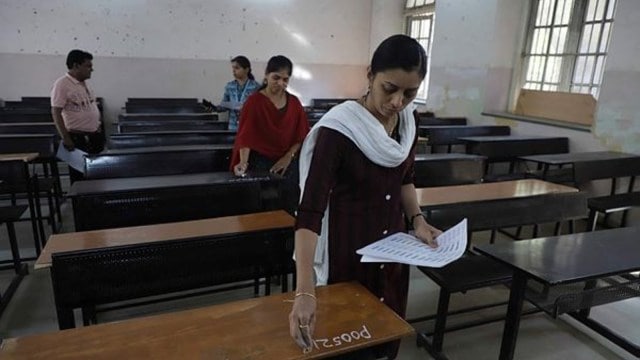
Gender Mainstreaming | How the Beijing Declaration became a realitySign In to read
— Amina Hussain
(The Indian Express has launched a new series of articles for UPSC aspirants written by seasoned writers and scholars on issues and concepts spanning History, Polity, International Relations, Art, Culture and Heritage, Environment, Geography, Science and Technology, and so on. Read and reflect with subject experts and boost your chance of cracking the much-coveted UPSC CSE. In the following article, gender expert Amina Hussain delves into the pivotal events that culminated in the landmark Beijing Declaration in 1995.)
The advancement of women and the achievement of equality between women and men are a matter of human rights and a condition for social justice. The principle, echoed in the 1995 Beijing Declaration and Platform for Action, underscored that gender equality is a shared societal responsibility, requiring commitment from all people to build a more just and inclusive world.
Thirty years after the historic Fourth World Conference on Women in Beijing (September 4–15, 1995), where the Beijing Declaration and Platform for Action was adopted and women’s rights were unanimously recognised as human rights, the global community continues to reflect on the progress made in empowering women while addressing the persistent challenges to achieving gender equality.
Recently, a two-day National Consultation on Revisiting and Re-envisioning the Beijing Declaration was organised by National Alliance for Women’s Organization to review and revive the struggle. But what is more important to understand here is that the Beijing Declaration did not come in a vacuum. It was the culmination of a long history of women’s struggle against inequality and marginalisation.
Women’s rights movements have built on pivotal events like the Seneca Falls Convention and the Suffragette movement. The 1848 Seneca Falls Convention was a historic women’s rights meeting in New York where the “Declaration of Sentiments” was adopted. Drafted by figures like women’s rights activist Elizabeth Cady Stanton, the document declared “that all men and women are created equal”.
The convention is seen as the launch of the woman suffrage movement in the US. The Suffragette movement of the 19th and 20th century was a long-drawn fight by women globally to gain their right to vote.
Afterwards, women’s movements expanded their demands, ranging from voting rights to reproductive autonomy. Simone de Beauvoir’s The Second Sex (1949) challenged the traditional notion of gender by asserting that “one is not born, but rather becomes, a woman”, postulating that gender identities are not biologically determined but socially constructed.
Beauvoir argued that societal norms and constraints shape women’s choices and behaviour, often restricting their freedom and opportunities.
Recognising that gender is a social construct rather than an innate characteristic, she maintained that women have the agency to deconstruct these norms. Beauvoir’s groundbreaking perspective laid the theoretical foundation for future feminist activism.
By 1970, women’s movements had gathered momentum, marked by various legislative gender reforms like the Equal Pay Act (1963) and Civil Rights Act (1964). Betty Friedan’s The Feminine Mystique (1963) became a bestseller as it brought the private “problem that has no name” till then into the public domain.
Friedan initiated discussion around devalued domestic work and critiqued the way it was romanticised through the portrayal of housewives as the ideal of femininity, encapsulated in images of the “angel in the kitchen”. The book galvanised collective feminist consciousness, leading to the establishment of the National Organisation for Women (NOW) in 1966.
Women’s movement received further impetus from events like ‘The Women’s Strike for Equality’ in 1970 where over 50,000 women marched with slogans like “Don’t Iron While the Strike is Hot” and “Don’t Cook Dinner—Starve a Rat Today”. The strike was part of the second wave of feminism in the 1960s and 1970s and furthered the demand for equality in both public and private spheres.
The “Wages for Housework” campaign, organised by the International Feminist Collective in 1972, mobilised women internationally to urge governments to recognise everyday household and care work performed by women as “real work” and to compensate them for it.
The campaign highlighted the invisibility of domestic work and caregiving, showing how they are essential material components of capitalist societies. Women’s work at home involves not only the production of labour through mundane household chores but also the reproduction of labour, which includes emotional and sexual labour, necessary for producing the next generation of workers – those who are part of the waged workforce.
However, the fight for women’s rights was not always on equal grounds. The exclusion of black women and women of colour from a predominantly white, middle-class dominated women’s movement meant that issues of race and class were not seen as women’s issues.
Black women struggled to voice their unique concerns and collectivised themselves through platforms like National Black Feminist Organisation, founded in 1973, which helped redefine the feminist movement.
Kimberly Crenshaw developed the theory of intersectionality as an essential framework for understanding and analysing how women of colour, immigrants, and other marginalised women face the issue of gender, race and class, thereby expanding the reach and scope of the feminist movement.
The First World Conference on Women, held in 1975 in Mexico City, emerged from various women’s movements, groups and collectives, underlining the growing need for a unified global framework for addressing women’s rights. Until then, gender issues were often addressed as secondary concerns in international human rights discourse.
The Universal Declaration of Human Rights, adopted in 1948, affirmed equality in principle but lacked specific measures to address gender disparities. The Declaration on the Elimination of Discrimination Against Women (1967) lacked legal enforcement mechanisms.
Hence, the 1975 conference marked a turning point as women’s rights were globally recognised as integral to equitable development. It laid the groundwork for the declaration of 1976–1985 as the ‘International Decade of Women’.
The conference centred around the issues of Equality, Development and Peace. These priorities reflected the global challenges of the Cold War era, as many newly independent countries struggled with poverty, political instability, and war. The conference recognised gender equality as fundamental for development, sustainable peace and stability, resulting in the adoption of the “World Plan of Action”.
However, it fell short of addressing systemic inequalities faced by women, particularly those at the intersections of race, class, and ethnicity.
The Second Conference on Women in Copenhagen in 1980 shifted focus to more specific areas of women’s development, especially in education, employment and healthcare. While the framework helped further the economic and social rights of women, it had limitations in addressing intersecting forms of marginalisation within gender issues.
Most importantly, it led to the ratification of the Convention on the Elimination of All Forms of Discrimination Against CEDAW). CEDAW, often referred to as the International Bill of Rights for Women, is a core international human rights treaty. It redefined ‘discrimination’ to include not only legal inequalities but also social and cultural barriers, and compelled nations to take structural steps to dismantle systemic inequalities.
Its call for structural reforms paved the way for the Nairobi Forward-looking Strategies for the Advancement of Women, adopted at the United Nations World Conference on Women in Nairobi, Kenya in 1985. It outlined a visionary framework that integrated women’s perspectives into all aspects of development and governance, and made women essential stakeholders in all aspects of societal progress.
The Nairobi Strategies emphasised the need for structural reforms and set specific goals for advancing women’s rights globally. This marked a significant shift in the global consensus, reinforcing the view that women’s rights are human rights.
At the same time, the four World Conferences on Women between 1975 and 1995 provided global platforms to advance women’s rights issues, culminating in the landmark Beijing Declaration, which remains a testament to the sustained fight for gender equality.
Why is the recognition of women’s rights as human rights considered a turning point in the fight for gender equality?
What is the significance of the Beijing Declaration in the context of women’s rights and gender equality?
What structural reforms were nations compelled to undertake under the Convention on the Elimination of All Forms of Discrimination Against (CEDAW) to address systemic inequalities?
Human Rights of Women: National and International Perspectives edited by Rebecca J. Cook.
Women, Development, and the UN: A Sixty-Year Quest for Equality and Justice by Devaki Jain.
Beijing ’95: Mobilizing for Women’s Rights by Charlotte Bunch and Susana Fried.
Women’s Human Rights in a Globalized World: The Beijing Platform for Action at Fifteen by Niamh Reilly.
(Dr Amina Hussain is an Assistant Professor at Sarojini Naidu Centre for Women’s Studies, Jamia Millia Islamia University.)
Share your thoughts and ideas on UPSC Special articles with ashiya.parveen@indianexpress.com.
Subscribe to our UPSC newsletter and stay updated with the news cues from the past week.
Stay updated with the latest UPSC articles by joining our Telegram channel – IndianExpress UPSC Hub, and follow us on Instagram and X.

 Posts
Posts Sign up as a Teacher
Sign up as a Teacher







